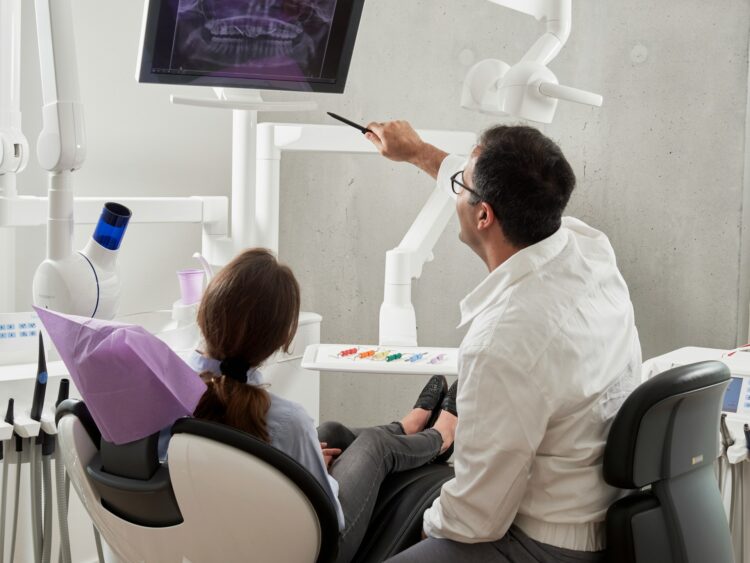
The Big Switch: Why It’s Time for Young Adults to Graduate to a General Dentist
For many of us, the pediatric dentist’s office is a place of core memories. It’s the home of the treasure chest after a good checkup, bubblegum-flavored polish, and a friendly, colorful environment designed to make a potentially scary experience feel safe. Many young adults continue to see their pediatric dentist well into their late teens, and it’s easy to understand why. It’s comfortable and familiar.
But just as you eventually transition from a pediatrician to a general doctor, your oral healthcare needs to mature with you. Making the move from a pediatric specialist to a general dentist is a crucial rite of passage in taking ownership of your long-term health. It ensures you are getting the specific type of care that adult mouths require. While pediatric dentists are incredible experts in their field, their specialty is in developing jaws, baby teeth, and the unique dental issues of childhood.
If you or your child is in that late-teen to early-20s age range, here’s why making the switch to a general dentist is such an important and beneficial step.
Adult Mouths Have Adult Problems
The primary reason to switch is simple: the focus of care is different. A pediatric dentist is a specialist in the growth and development of children’s teeth. A general dentist is a specialist in maintaining the health of permanent, adult teeth for a lifetime. As you move into adulthood, you become more susceptible to a new set of dental concerns that general dentists are best equipped to manage.
- Gum Disease: Issues like gingivitis and periodontitis are far more common in adults and are the leading cause of tooth loss. General dentists are trained to diagnose and treat the early stages of gum disease.
- Wisdom Teeth: The late teens and early twenties are the prime time for wisdom teeth to emerge and often cause problems like impaction or crowding, which require monitoring and management.
- Restorative Work: The need for more complex restorative work, like crowns, bridges, or root canals, increases with age.
- Cosmetic Dentistry: Many young adults are interested in procedures like teeth whitening, veneers, or bonding, which are standard offerings at a general dental practice.
A Focus on Long-Term Health and Prevention
A general dentist’s approach is geared toward preserving your natural teeth and maintaining your oral health for the next 50 years or more. Their preventative care extends beyond just looking for cavities. During a routine checkup, a general dentist is also screening for a host of other potential issues.
They are your first line of defense in spotting the early signs of oral cancer, identifying issues with your jaw joint (TMJ disorders), and even recognizing signs of teeth grinding (bruxism) or sleep apnea. This long-term, whole-health perspective is critical as you move through adulthood.
Access to Adult-Focused Services and Technology
General dental offices are designed and equipped for adult patients. This means the chairs, the tools, and the technology are all tailored for adult-sized mouths and adult-specific problems. You’ll have access to a wider range of services that are not typically the focus of a pediatric practice. The American Dental Association’s MouthHealthy site has a great library of information on these adult-focused topics. A general practice is where you will find advanced cosmetic procedures, dental implant services, and more comprehensive treatment planning for complex restorative needs.
It’s a Step Towards Healthcare Independence
Making the switch to a general dentist is also an important part of “adulting.” It’s an opportunity to take the lead in managing your own healthcare. This is your chance to find a provider you connect with and to build a long-term relationship with a healthcare professional who will get to know you and your dental history over the years.
This transition involves learning to navigate your own dental insurance, scheduling your own appointments, and becoming a proactive participant in your own health decisions. For more tips on this, resources from organizations like the ADA Health Policy Institute can help you understand the ins and outs of dental coverage.
So, when is the right time to make the switch? Most pediatric dentists will see patients up to age 18, but many young adults make the transition once their permanent teeth are all in (with the exception of wisdom teeth), typically between the ages of 18 and 22. It’s a big step, but graduating to a general dentist is a sign of maturity and a crucial investment in a lifetime of healthy smiles.



